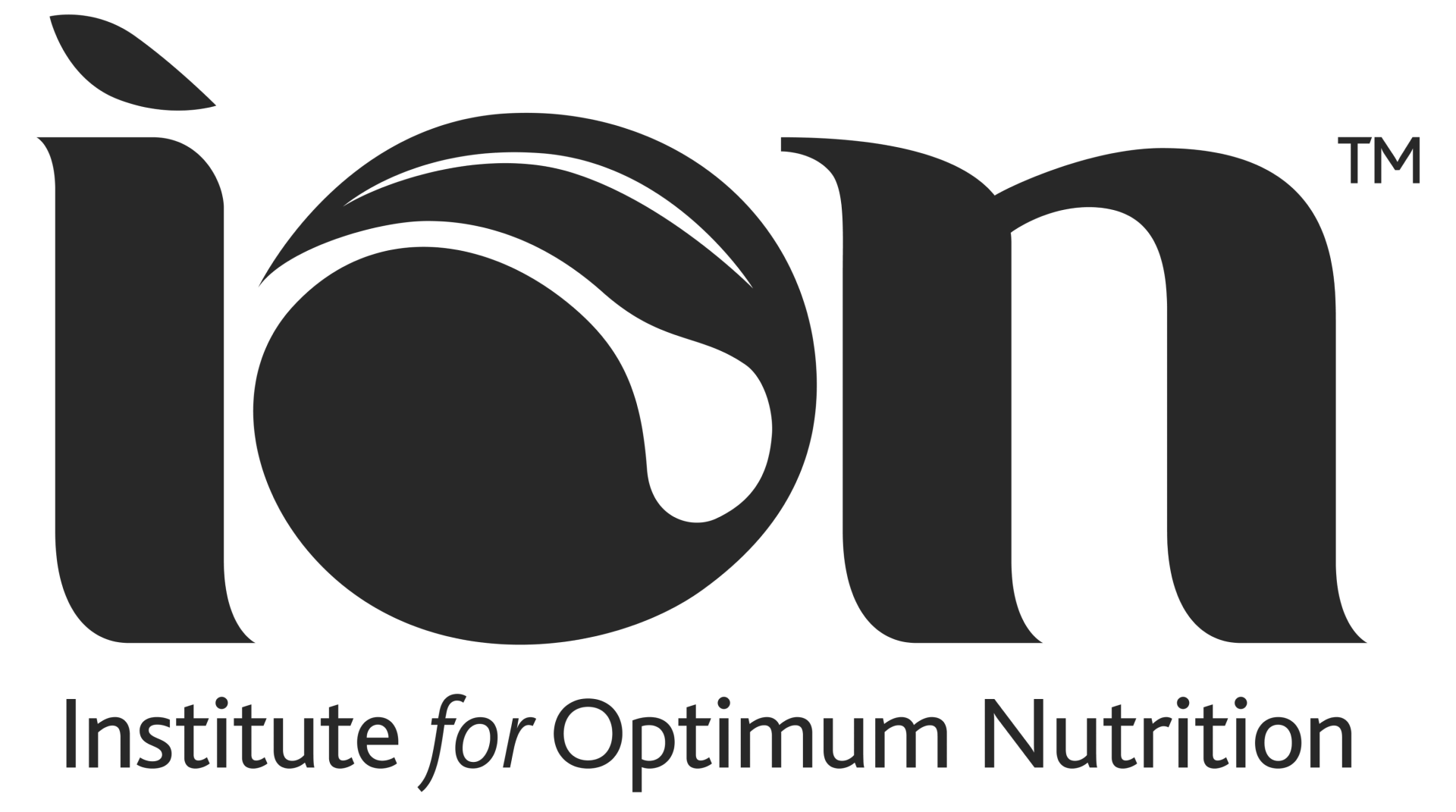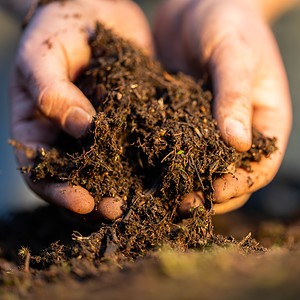We chat to ION alumna and functional nutritional therapist Catherine Jeans about her new children’s book, Racing the Rainbow, which she hopes will encourage children to eat more fruit and vegetables. She highlights some of the challenges parents and caregivers might face when trying to get children to eat more fruit and veg and offers some helpful advice for healthier eating.
Catherine is a functional nutritional therapist, supporting children and adults of all ages with digestive health, hormone balance, weight management, stress relief and neurodiversity. Her ethos is to empower clients towards a lifetime of good health, using simple, everyday food and lifestyle changes.
 www.thefamilynutritionexpert.com
www.thefamilynutritionexpert.com
 familynutritionexpert
familynutritionexpert
 @catherine_jeans
@catherine_jeans

ION: Can you tell us a bit about your new book?
CJ: The idea behind Racing the Rainbow is to try to engage children and help parents understand the importance of getting our kids to eat more vegetables and fruit.
We know that most children in the UK are not hitting five-a-day – and in fact, most children are not getting anywhere near five-a-day – and it’s a really concerning issue.
Research shows us that eating more fruit and vegetables is really important. A 2021 study from the UEA [University of East Anglia] which looked at 9,000 Norfolk school children – the area that I’m from – found that those who ate more fruit and vegetables had lower risk of mental health issues and anxiety. So, it’s not just our body that needs more vegetables and fruit, it’s also our mental health. We’re seeing, particularly post-COVID, this explosion of mental health issues in young children.
The book presents silly facts and colourful characters, which have been brilliantly designed by Rachel Holmes who co-wrote and illustrated the book with me.
ION: Is the book aimed at a particular age group?
CJ: I’d say it’s probably for kids aged 11 and under, but useful for all families. The idea is that you can ‘race a rainbow’ together and see who can get the most colours across the week.
We’ve also peppered in facts for parents to understand about gut microbiome as well, as it’s one of the most important aspects of eating the rainbow. I think kids hear so much about bad bacteria, it’s nice for them to understand that ‘I have friendly bugs and [fruit and veg] are helping to care for them’.”
ION: The book idea came about during the pandemic – what was your inspiration?
CJ: I’m passionate about helping kids to eat well, but in a realistic and practical way. I have my clinic, which is for people who can afford to work with me one-to-one; but I also work with schools and early years practitioners where I encounter a lot of children that come from socioeconomically deprived areas, and I’m really hoping that this book brings a little bit of simplicity to the message of nutrition.
The book encourages families and children to think about the ‘one more’ approach. We hear so much about what we shouldn’t eat [and about ultra processed food] which, while hugely valid, doesn’t really help us understand what we should be eating. I wanted to create a positive message around food.
ION: There are be mixed views about how much fruit and veg we should be eating per day. Is there a ‘magic number’ for children?
CJ: I think that when the government set the recommendation of ‘five-a-day’, that was because – although we know from research that we probably should be eating a lot more – people criticised [the message]; but the reality is that most children aren’t eating anywhere near five-a-day. So, if we set it at seven, I don’t want people to feel there’s no point because I’m so far off that – it’s not achievable. We should probably be eating a minimum of seven-a-day: five veg, two to three fruits, or something like that. But because so many of us are so far off that we must talk in an achievable way. Rather than setting a number, I would just say eat a bit more than you already are.

ION: You’ve no doubt tried and tested the book on children – what was the response?
CJ: Some families tested the book and gave some nice feedback. The characters are really welcomed; kids like those colourful, vibrant characters and they can recognise them as the foods that they are. I personally like how Rachel has integrated real life pictures of the food into characters – I think it’s clever and she’s brought that in throughout the whole book, including the recipes.
ION: Introducing a challenge can be a great incentive for children, especially if they’re competitive! So, something like a chart on the fridge is probably quite helpful?
CJ: Yes, and schools could use this in their wrap-around clubs, or it could be used in pre-schools and primary schools as well, to get kids to work together to try to get more goodness in.
ION: Have you approached any schools to get something like this introduced there?
CJ: I’d like to, it’s not something I’ve done yet and I think it’s a really good idea. I’ve had a little bit of interest from some of the charities I work with and there are a couple of nurseries that have added the book to their core curriculum.
ION: In your clinical experience, what are some of the challenges that parents face when trying to get children to eat more fruit and veg?
CJ: I think that kids’ taste buds are changing, and so generally foods are sweeter or blander. They don’t have to be chewed particularly well – if you think about your ultra processed ‘beige’ foods, they don’t take a lot of chewing or they’re very crunchy, but they’re easy to bite – their texture is quite different to vegetables and fruit.
I also think that schools aren’t particularly great at cooking vegetables! I’ve seen peas on my kids’ primary school plate that are a bit more beige than bright green so it’s no wonder kids say they don’t like vegetables and fruit because they’ve never experienced them in a really nourishing way.
People are also on tighter budgets now and don’t want food waste – and I get it, when life is busy and we have so many other things to think about, sometimes nutrition is at the bottom of the pile. Getting your kids to school, supporting their mental health, and keeping them afloat is all you have the capacity to think about, and so it can be really challenging.
It can also be challenging going from a very unhealthy diet to a healthier diet. One of the things I say, particularly to my Key Stage 2/Key Stage 3 kids that I work with (i.e. late primary school/early high school), is that ‘I understand that what I’m telling you to eat may be very different to what your friends eat at school’ – because that’s the reality, my kids don’t eat what their friends eat.
We are dealing with a society where [many] people don’t eat human food – that’s how I describe it to the kids that I work with… and so actually, I’m trying to get you to eat like a human really should eat.

ION: How can parents encourage children to eat more fruit and veg?
CJ: I take a two-pronged approach – hide as much as you possibly can and then encourage them to try more. I always put vegetables on the plate, which I know can be wasteful – but if my kids don’t eat certain vegetables, I’ll keep them for the next day and put them in with my scrambled eggs for lunch!
I also find a good tip is to use salad veg, as a lot of kids like raw veg rather than cooked. So, for years my husband and I would have steamed veg on a roast dinner and the kids would have salad veg on the side, because they loved it.
I make ‘microbiome mashups’ too – I blitz five or six different [raw] veg in a blender and then add this to stews, bolognaises, sauces, and things like that.
But you can’t just hide vegetables because kids will never learn to embrace them. I think if you’ve got to put a sauce on it then fine… for me, ketchup is not the best food, but if my daughter wants to dip cauliflower in ketchup, I just turn a blind eye to it as at least she’s eating it. We must find those compromises.
ION: Do you have plans for book number two yet?
CJ: Yes, I do! Rachel and I were talking about this the other day. Obviously, we’re going to invest our energy in promoting this book, but I’d really like her to help me create some characters around the gut microbiome – maybe they’ll delve inside the gut microbiome and meet some new friends. So, that’s possibly what’s coming next!
ION: Any final message for parents and caregivers struggling with daily vegetable (and fruit) battles
CJ: I encourage you not to give up… You might be thinking, ‘no one else is eating this stuff, so why should I make my kids eat it?’; but we’re seeing soaring rates of all kinds of health problems and there are so many links with nutrition. So, be a trailblazer and remain consistent. Put that piece of fruit by the side or on top of their breakfast. Put that extra vegetable on their plate, even if it’s a ready meal and you chuck a bit of microwave broccoli on the side, it doesn’t matter.
The message should be that every time you eat, you need to eat vegetables or fruit. It needs to become a habit that every time that you prepare any kind of food, you’re thinking, where’s the veg or fruit – you’ll find that kids will eventually get that message.
It’s worth investing your energy, time and finances because it’s programming your children’s future health. We want our kids to be their best when they’re older children and adults, and what you give them now will have an impact on their health later in life.

Racing the Rainbow
by Catherine Jeans (Author), Rachel Holmes (Illustrator)
A book that presents healthy ways of eating to your children in a fun and engaging way. Packed with facts, activities, easy recipes… and a bunch of colourful characters to feed your child’s imagination along the way.
Healthy, nutritious food is so important for your child’s development. Racing the Rainbow has been co-designed by registered nutritional therapist Catherine Jeans and children’s illustrator Rachel Holmes to encourage children to establish healthy eating habits that will help them lead long and healthy lives.
Available from Amazon
You can also hear from Catherine on ION’s Optimum Nutrition podcast! She joins us for the first episode of our new series to talk about empowering kids and teens to eat healthier.






